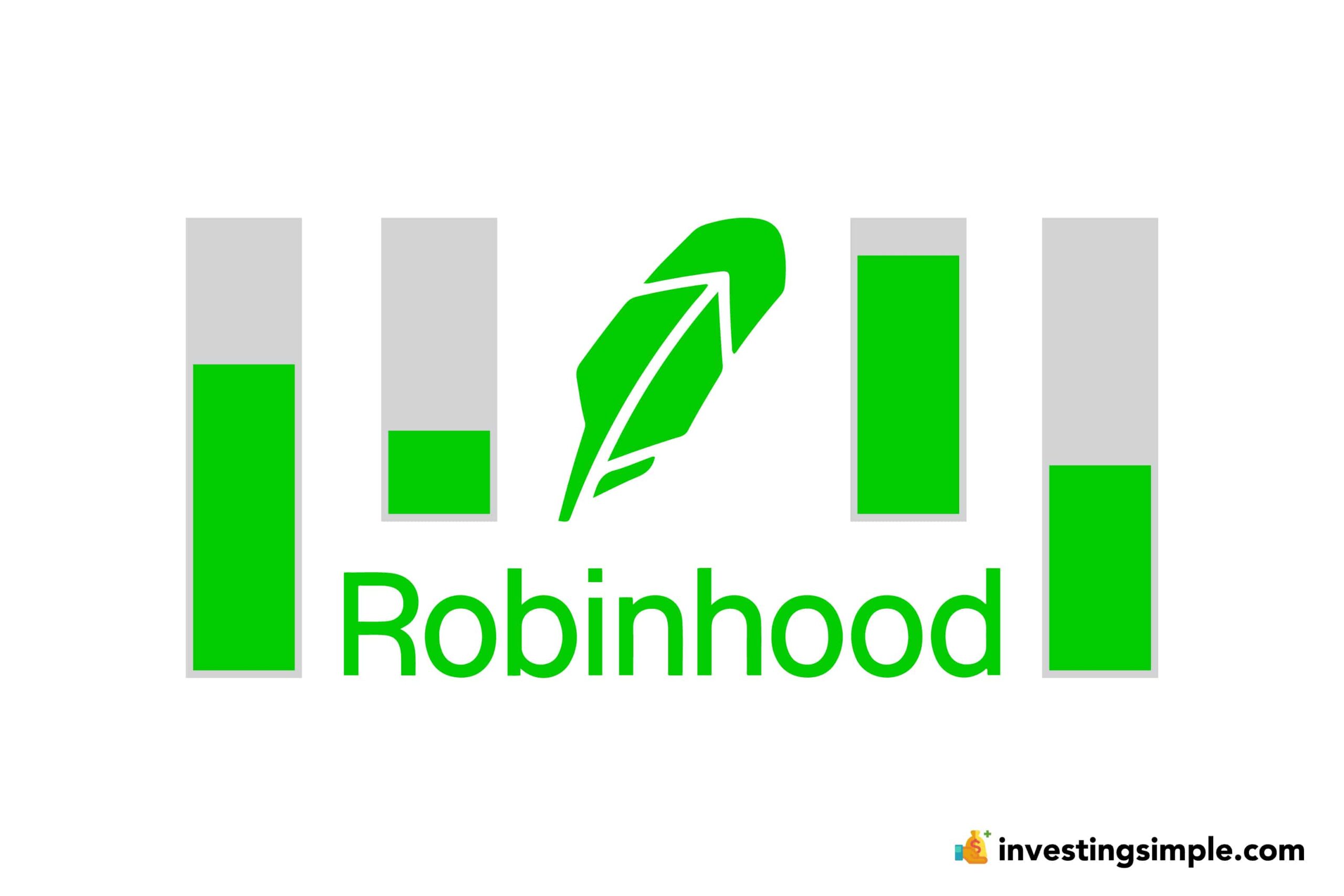





Investing in the stock market can be an exciting journey towards building your wealth.
Robinhood is one of the most popular brokerage platforms, offering a simple and user friendly investing app.
One of the features offered is margin investing, and investors might wonder what that is and how it works.
Simply put, margin investing means borrowing money from your broker in order to have additional buying power to invest with.
For those new to margin investing on Robinhood, understanding the basics and the associated risks is crucial. Here’s a beginner-friendly guide to help you navigate margin investing on Robinhood.
New to Robinhood? Check out my full video tutorial below!
Margin investing allows you to borrow money from your broker—in this case, Robinhood—to purchase securities.
This borrowing increases your buying power, enabling you to invest more than what you currently have in your account. Essentially, you’re leveraging your existing holdings to access additional funds.
Margin investing is not automatically available when you sign up for Robinhood. Instead, it is offered as part of Robinhood Gold—their premium subscription service. You must apply and be approved for margin investing to enable it in your account.
For $5 a month, you get access to premium features—including your first $1,000 of margin being included at no additional interest. If you decide to borrow more than $1,000, Robinhood charges interest on the additional borrowed amount. (Limitations apply.)
Here are the premium features you’ll get access to with Gold:
You can sign up for Robinhood Gold with or without access to margin investing. Based on the risks associated with investing borrowed money, many investors choose not to use margin.
Once approved for margin investing, you’ll notice an increase in your buying power. This extra buying power allows you to purchase more securities than you could with just your own money.
To access margin, you must maintain a minimum account balance of at least $2,000, or 100% of the security’s purchase price, whichever is less. This is called the margin minimum.
Robinhood will typically match your account value when you enable margin investing. For example, if you have an account value of $5,000—Robinhood may extend you a loan of $5,000 (depending on maintenance requirements), giving you $10,000 worth of buying power. You could then invest that additional buying power in whatever you wish.
However, it’s essential to understand that any gains or losses on securities bought on margin will be magnified.
If the securities you’ve purchased with borrowed money decline in value, the losses will come out of your account, not the borrowed funds. This can result in losing more than your initial investment.
Robinhood’s margin interest rates are currently as follows (subject to change):
| Margin balance | Margin interest rate |
| Up to $50,000 | 5.75% |
| $50,000 up to $100,000 | 5.55% |
| $100,000 up to $1 million | 5.25% |
| $1 million up to $10 million | 5% |
| $10 million up to $50 million | 4.95% |
| $50+ million | 4.7% |
Interest is calculated daily and charged monthly at the end of your billing cycle. Rates may fluctuate based on changes in the Federal Funds Target Rate and your margin balance.
Remember: The first $1,000 of margin is included at no additional interest for Robinhood Gold subscribers. You only pay interest on margin used above $1,000.
To prevent you from losing more than your account value, Robinhood has the right to issue a margin call if the value of your investments decreases substantially.
A margin call occurs when the value of your portfolio (excluding any crypto positions) falls below the required maintenance level (typically around 25% of the total value of the margin positions, but Robinhood can set higher requirements).
When this happens, you have a limited amount of time to bring your portfolio value back up to the minimum margin maintenance requirement. This is often accomplished by depositing additional money from your bank account.
Failure to do so may result in Robinhood automatically liquidating (selling) your positions to meet the requirement.
Margin investing carries significant risks and may not be suitable for most investors:
It’s important to carefully consider your financial situation, experience, and risk tolerance before using margin.
In summary, margin investing is quite risky.
You’re investing borrowed money that you have to pay monthly interest on, and that rate can change based on federal interest rates and your balance. Robinhood Gold subscribers get the first $1,000 of margin included at no additional interest.
If you make a bad investment with the borrowed money, it’s still your responsibility to pay back the money that you borrowed and pay the interest monthly.
If the value of your portfolio falls below the required maintenance level, a margin call may be issued. This will require you to deposit additional funds, otherwise your investments will be automatically sold to bring you back to the maintenance level.
Overall, margin investing is not recommended for most investors.
Before using margin, always review Robinhood’s official margin disclosures and consider seeking independent financial advice to ensure margin investing is right for you.